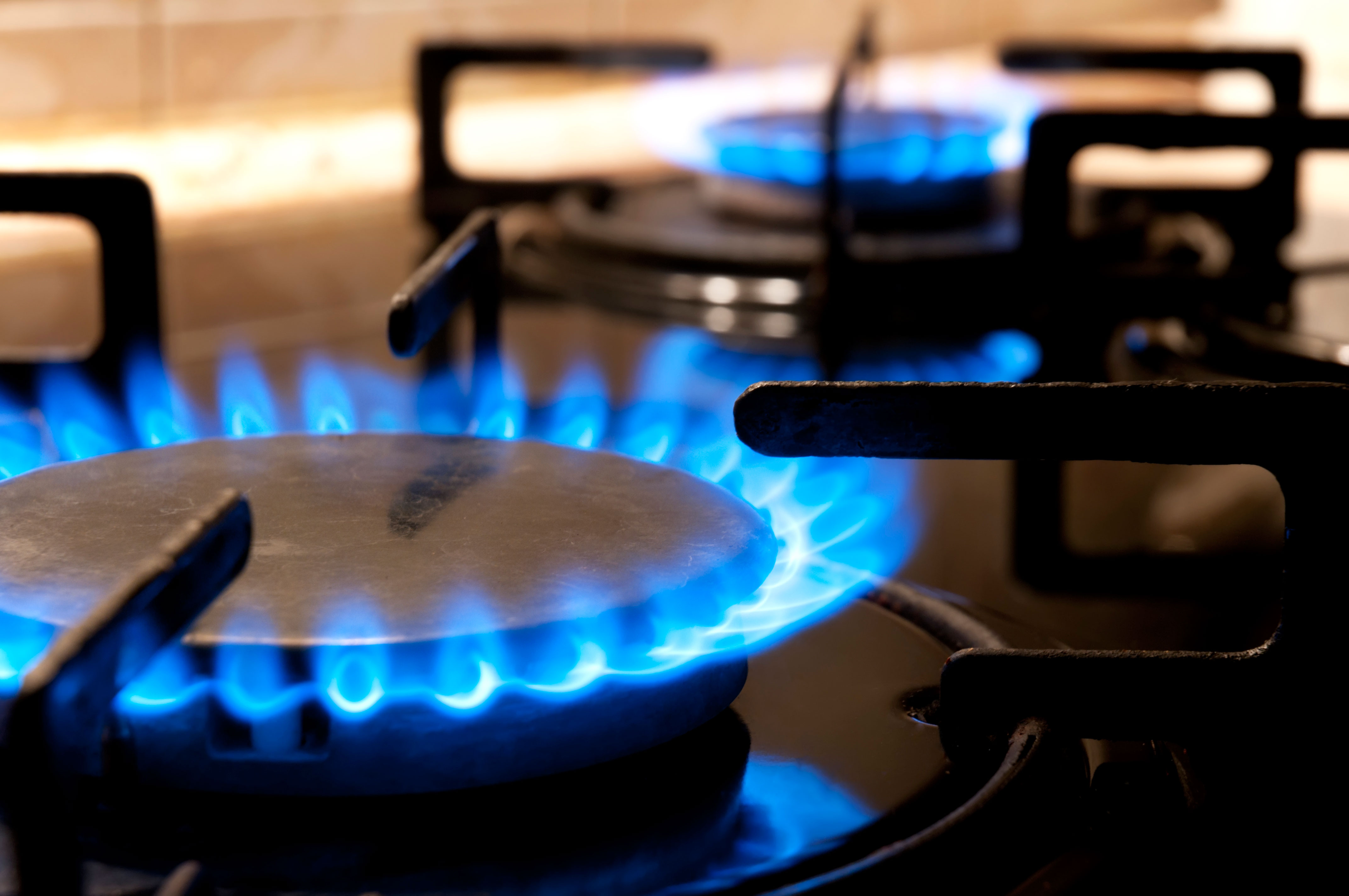IGEM focuses on gas safety across the trades
30 Sep 2019In a campaign launched during Gas Safety Week, IGEM’s Large Business Forum (LBF) is encouraging gas professionals to spread the word amongst fellow tradespeople of the dangers of interfering with existing gas installations when working in buildings. The forum has released new guidance to help tradespeople ensure they do not contravene Regulation 8 of the Gas Safety Installation & Use Regulations (GSIUR) L56.
Don’t take risks with gas safety
We are all familiar with legislation that states that modification of any gas fitting should be undertaken by a competent person who is Gas Safe registered. When it comes to the involvement of other trades on a project, things can get more complicated and gas safety can sometimes be overlooked.
In some cases, the effects of modification on gas safety may be obvious, for example, when a chimney is being reduced in height or capped, it is clear that its effectiveness in removing flue gases may be drastically affected. There are other activities, such as the building of extensions, refurbishments and smaller structural changes, when these effects may not be so obvious. L56 Regulation 8 sets out some examples where extra care should be taken:
- Reduced ventilation or incomplete combustion of flue gases can result from the fitting of double glazing or cavity wall insulation, the removal of fixed ventilation (such as airbricks) and the introduction of insulation material
- Flue gases can become trapped if an existing flue terminal is enclosed within a new extension or conservatory.
While the Legislation applies only to alterations taking place to the premises in which the gas appliance concerned is installed, not to alterations to adjoining premises, it makes clear that when gas appliances or storage vessels are installed care must be taken to ensure they cannot be affected by any future developments to an adjoining property. For example, a flue should be located at a safe distance from any site boundary so that in event of any development to a neighbouring site (which could extend up to the boundary), there will be no adverse effects to the safety of the appliance.
Help in making risk assessments
It is very important all surveys and risk assessments are recorded and held on file for retrieval. The LBF, in collaboration with wider industry, has produced a simple risk assessment for project managers who may not be gas competent. In addition, they have published a technical survey for Gas Safe registered competent engineers. Both these documents are available here.


